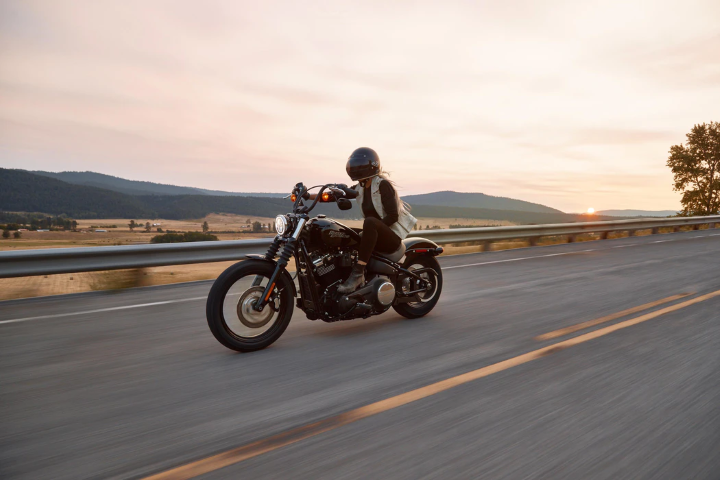 Motorcycles come in different kinds such as roadsters, cruisers, sportbikes, and many other types. While some people claim that motorcycles require less maintenance than a car, motorcycle tires would say otherwise. Tires are the most ongoing expense that you should be aware of when you purchase a bike. They get worn and torn at a much faster rate than car tires. There are some terms you need to be aware of when you are getting new tires for your bike, as these terms are confusing for newbies. Tires are different and this guide will assist you tire buying for your motorcycle.
Motorcycles come in different kinds such as roadsters, cruisers, sportbikes, and many other types. While some people claim that motorcycles require less maintenance than a car, motorcycle tires would say otherwise. Tires are the most ongoing expense that you should be aware of when you purchase a bike. They get worn and torn at a much faster rate than car tires. There are some terms you need to be aware of when you are getting new tires for your bike, as these terms are confusing for newbies. Tires are different and this guide will assist you tire buying for your motorcycle.
Basic Tire Construction Terms
Before getting into the details of how to choose the right tire for your bike, you should be familiar with some basic tire construction terms.
Tread
The exterior part of the tire is the one that you see hitting the road, and smooth treads work better on smooth and dry surfaces, while chunky treads are suitable for off-road situations. The pattern of the tread can make it better on wet surfaces for example. you should know this for smart tire buying.
Bead
Bead is the part that mates to the wheel and it is steel wire covered heavily with rubber. It sticks closely to the wheel to prevent it from slipping rotationally in the tire.
Carcass
You will hear terms such as bias-play or radial which refers to the carcass or the body of the tire under the tread. These terms indicate how the tire is constructed. Very important when tire buying.
Sidewall
A vital part in the tire that connects the tread and the bead. This area in the tire is responsible for the tire’s handling and load transfer capabilities.
Choosing the Right Tire Type
Your riding style and the bike you own determine the right tire type that will suit your needs. There are four general designations for tire types which are cruiser, street bike, dual-sport/ADV, and dirt. For example, cruiser-type tires are obviously the best tires for cruisers, but under this family of tires, there are different types that indicate the riding style. If you intend to drive for long distances with your cruiser, then you should opt for touring tires instead of economy tires. It is easy to choose the type of tire, the challenge is choosing the right size.
Choosing the Right Tire Size
Tire manufacturers print a code on the side of the tire showing different parameters of the tire such as measurements, speed rating, and other information. The code comes in three systems; alphanumeric, standard inch, and metric. The standard inch system is no longer used by manufacturers and the alphanumeric system is rarely used.
The most common code system used nowadays is the metric system and that’s the one we are going to discuss. This is an example of the code or tire designation, but keep in mind that the numbers and letters change from one tire to another. The code comes as follows: 130/90 R 16 67 H. The 1st number, 130 in this example, indicates the tire section width as in the width across the face of the tread in millimeters.
The 2nd number, 90, represents the aspect ratio and this is the height of the sidewall expressed as a percentage of the width. In order to determine the height, multiply the first number by the percentage. In this example, it would be 130×0.9 which equals 117mm.
The letter designation refers to the carcass construction. In this example, “R” stands for radial play, and in some other tires, you will find “B” which stands for bias-ply.
The 3rd number is the rim diameter in inches which indicates the size of the wheel it will fit. This tire is designed for a 16-inch wheel in this example.
The last number and letter indicate the load rating and speed rating respectively. The load rating shows the maximum weight the tire can handle and the speed rating specifies the maximum speed it can handle without wobbling. The speed rating is expressed in letters and you can find online charts that explain what each letter represents.

Bias-ply Vs Radial
Bias-ply tires last longer than radial but have reduced grip, while radial tires are stiff and offer more traction. There is no definitive rule for choosing a certain tire construction, as it all depends on the manufacturer’s recommendations and the type of your bike.
Keep the points mentioned in this guide in your mind while shopping for a set of new tires. It is essential to find the tires that suit your riding style and bike. You may experiment with tire size but ask an experienced biker for recommendations.










